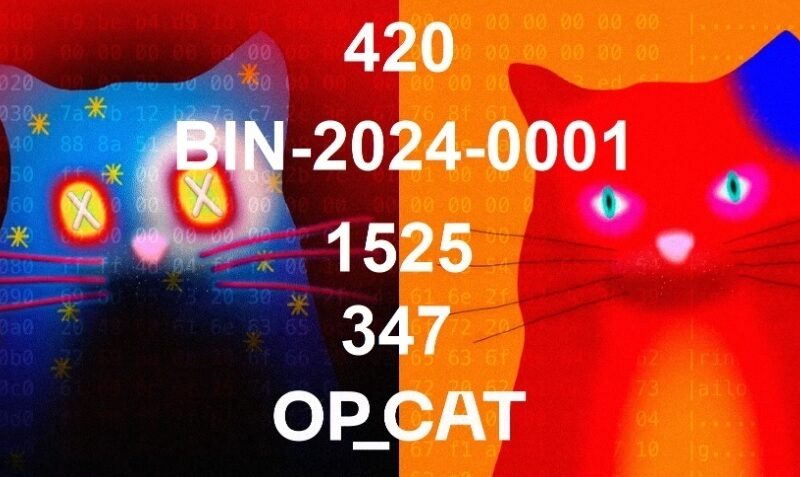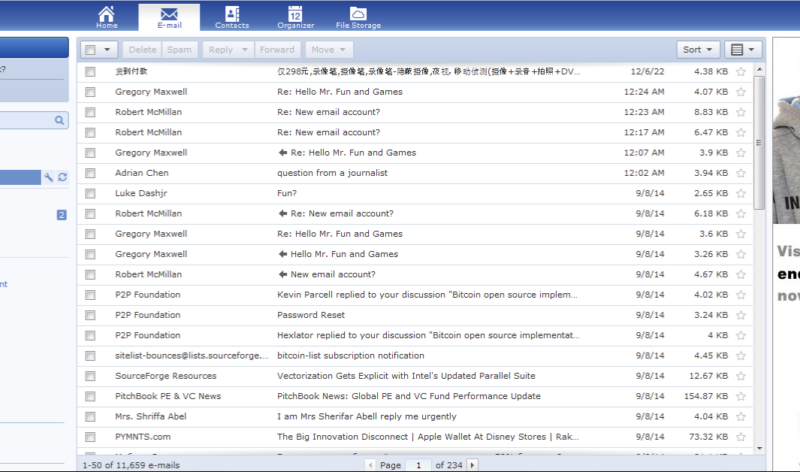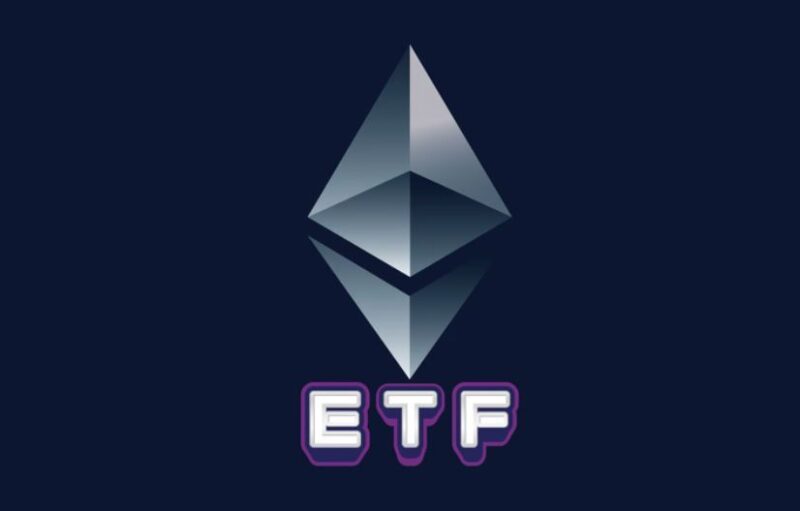
Adding the 1MB blocksize limit.
The “MAX_BLOCK_SIZE = 1000000” commit occurred on 15 July 2010, which was released in the 0.3.1 rc1 version of the software on 19 July 2010. The commit enforcing the 1MB rule occurred on 7 September 2010, activating at block 79,400. On 20 September 2010, Satoshi removed this activation logic, but kept the 1MB limit.
BIP112
BIP113
Relative lock-time enables a transaction output to be banned for a relative amount of time after the transaction.
CheckSequenceVerify.
Median time-past removes the incentive for a miner to use a future block timestamp to grab more transaction fees.
BIP143
BIP147
The post appeared first on Blog BitMex






